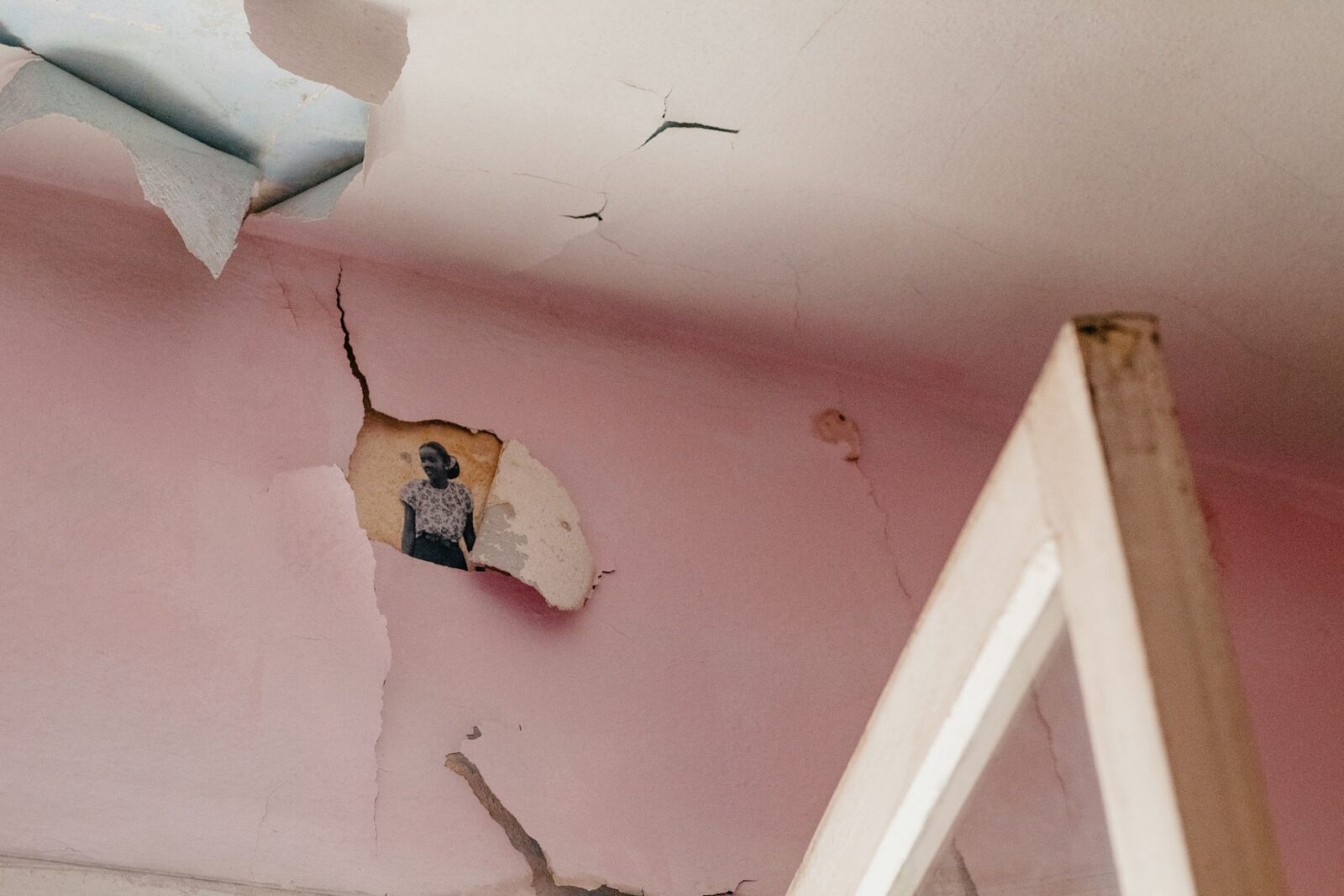Ceiling damage can go unnoticed until it becomes a serious issue. Small signs may not seem urgent, but neglecting them could lead to structural complications and expensive repairs. The ceiling is more than a decorative surface—it’s a protective barrier that plays a key role in the integrity of a home. Recognizing the early indicators of damage gives homeowners a chance to address minor issues before they escalate into larger problems.
Recognizing Stains and Discoloration
One of the most common warning signs is staining. Discoloration often appears in shades of yellow, brown, or gray, and it rarely matches the surrounding surface. These patches suggest water infiltration, often from a leaky roof, faulty plumbing, or condensation build-up. When trying to identify ceiling stains, pay close attention to their shape and size. Irregular edges, spreading rings, or changes over time can point to ongoing leaks rather than one-time incidents. A ceiling stain that returns after repainting usually indicates that the underlying cause has not been fixed. The earlier the stain is examined, the easier it is to pinpoint the source and resolve the issue before the ceiling becomes warped or structurally unsound.
Sagging or Bulging Ceiling Panels
A ceiling that dips, bows, or swells can be an indicator of trapped moisture or compromised materials. Weight from soaked insulation or pooling water puts extra pressure on panels, sometimes causing them to shift or separate from their framing. While the cause may lie directly above, such as a leaking pipe or an overflowing bathtub, it might also stem from hidden areas like a slow roof leak. Once deformation begins, the risk of collapse grows. Monitoring these changes can help prevent safety hazards and give homeowners a clear signal that repairs should not wait.
Cracks and Splits
Cracks might seem harmless, but their placement and pattern can reveal a great deal. Hairline cracks along plaster or drywall could be the result of temperature fluctuations or settling. Wider or longer cracks, especially those accompanied by discoloration, should raise concerns about foundational movement or excessive pressure above the ceiling. Diagonal or spider-web cracks may suggest that movement is happening across more than one structural component. Instead of patching over them, take the time to inspect whether something more serious is developing behind the surface.
Peeling Paint or Wallpaper
Peeling finishes often suggest a prolonged exposure to humidity or direct water damage. When paint starts to bubble or flake, or wallpaper begins to loosen, it often indicates that moisture is present just beneath the surface. This can be the result of poor ventilation in upper floors or attic spaces, especially during seasonal transitions. Condensation can collect where warm interior air meets colder surfaces, gradually breaking down adhesives and finishes. Left unaddressed, peeling areas can expand, affecting nearby walls and encouraging the growth of mold and mildew. Examining these warning signs early can help preserve both the structure and appearance of the room.
Musty Odors and Poor Air Quality
Unusual smells coming from the ceiling area may not always be noticeable at first, but they can signal hidden damage. A musty scent is often tied to mold, which flourishes in damp, dark environments behind ceiling panels. Even if there are no visible marks, persistent odors could mean moisture has been absorbed into the structure, creating the perfect conditions for decay. Over time, poor air quality may lead to respiratory irritation or worsen existing conditions like asthma. If the scent becomes stronger after rain or when air conditioning runs, it may be time to investigate behind the surface.
Noises and Structural Shifts
Unusual sounds coming from the ceiling—like creaks, pops, or subtle cracking—can suggest more than just normal house settling. These noises often occur when structural materials such as wood beams, joists, or drywall expand and contract with temperature and humidity changes. While some minor creaking is common in older homes, a noticeable increase in frequency or volume may indicate that pressure is building somewhere in the ceiling structure. Shifting weight from above, whether from stored items in the attic or accumulated moisture, can strain the materials over time. Homeowners might notice ceiling panels that appear slightly uneven, recessed lighting that no longer sits flush, or crown molding that has separated from the wall.
Ceiling damage doesn’t always start with a dramatic collapse or a major leak. More often, it begins with subtle changes—a faint stain, a small crack, or a persistent odor. These early signs serve as warnings that something may be wrong above. By learning how to recognize them and understanding what they might mean, homeowners can take steps to protect their property. Waiting too long can turn a simple fix into a costly repair, but acting early keeps homes safe, secure, and sound.







Leave a Reply